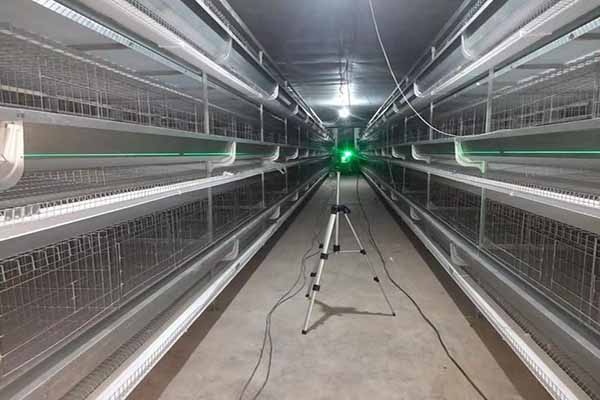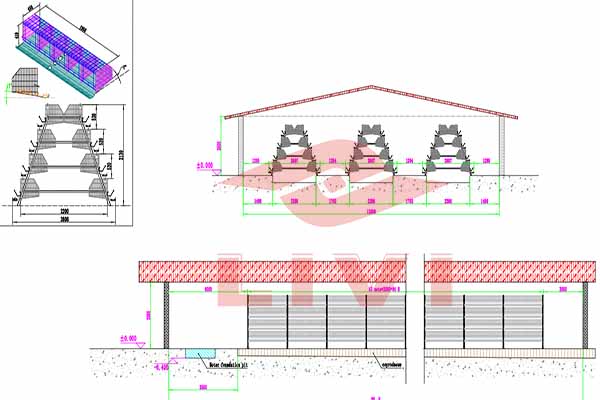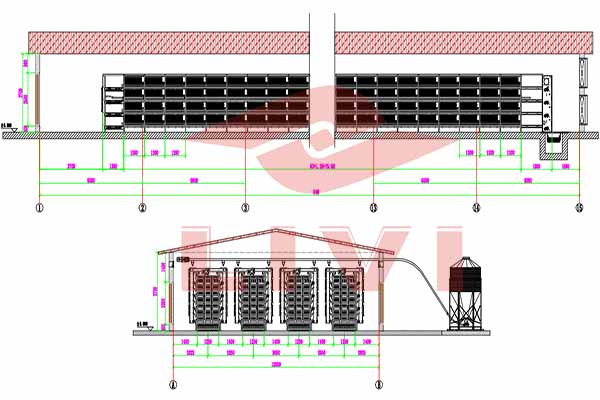Step-by-Step Poultry Farm Setup in Kenya: A Comprehensive Guide
Introduction to Poultry Farming in Kenya
Kenya’s poultry industry has experienced significant growth over the years, contributing to both the local economy and food security. Setting up a successful poultry farm requires careful planning and investment in the right equipment. This guide provides a step-by-step approach to establishing a poultry farm in Kenya.
Step 1: Market Research and Business Plan
Before starting your poultry farm, conduct thorough market research to understand the demand for poultry products in your area. A well-prepared business plan will help you identify your goals, target market, and financial projections.
– Market Research: Analyze local demand for poultry products, competitor pricing, and consumer preferences.
– Business Plan: Outline your business objectives, marketing strategies, and financial projections.
Step 2: Site Selection and Land Acquisition
Choose a suitable location for your poultry farm. Factors to consider include proximity to your market, availability of water, and transportation infrastructure.
– Site Selection: Look for a location that is at least 2 kilometers away from residential areas to prevent the spread of diseases.
– Land Acquisition: Secure the necessary land, ensuring it complies with Kenya’s agricultural regulations.
Step 3: Equipment and Infrastructure
Invest in high-quality poultry farming equipment and infrastructure to ensure the health and productivity of your flock.
– Poultry Farming Equipment: Purchase automated chicken cages, feeders, waterers, and other necessary equipment.
– Infrastructure: Construct or rent a building that meets the biosecurity requirements of a poultry farm.
Step 4: Feeding and Nutrition
Nutrition plays a crucial role in the growth and productivity of your flock. Provide balanced feed to meet their nutritional needs.
– Feed Quality: Choose a high-quality feed that is suitable for your chickens’ age and breed.
– Nutrition Management: Monitor and adjust the feed ration to ensure optimal growth and health.
Step 5: Health Management
Implement a comprehensive health management program to prevent and control diseases in your flock.
– Biosecurity Measures: Practice biosecurity measures, such as regular cleaning and disinfection, to prevent the spread of diseases.
– Vaccination Program: Develop and follow a vaccination program to protect your chickens from common diseases.
Step 6: Marketing and Sales
Establish a strong marketing and sales strategy to ensure a steady demand for your poultry products.
– Marketing Channels: Utilize local markets, supermarkets, and online platforms to sell your poultry products.
– Sales Strategies: Offer competitive pricing and value-added services to attract customers.
Conclusion
Setting up a poultry farm in Kenya requires careful planning and investment. By following these steps and using the right equipment, you can establish a successful and profitable poultry farm.
For more information on poultry farming equipment and infrastructure, contact us at LIVI Machinery. We provide free poultry farm design plans and equipment quotes to help you get started.





